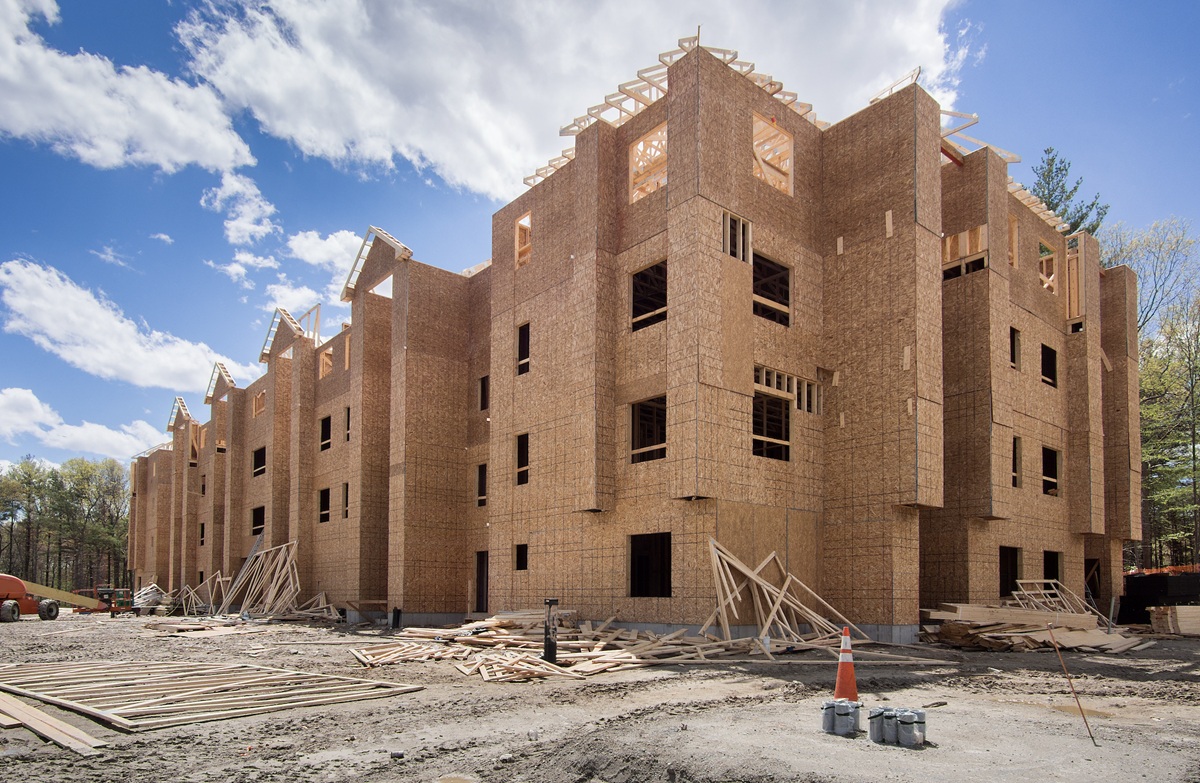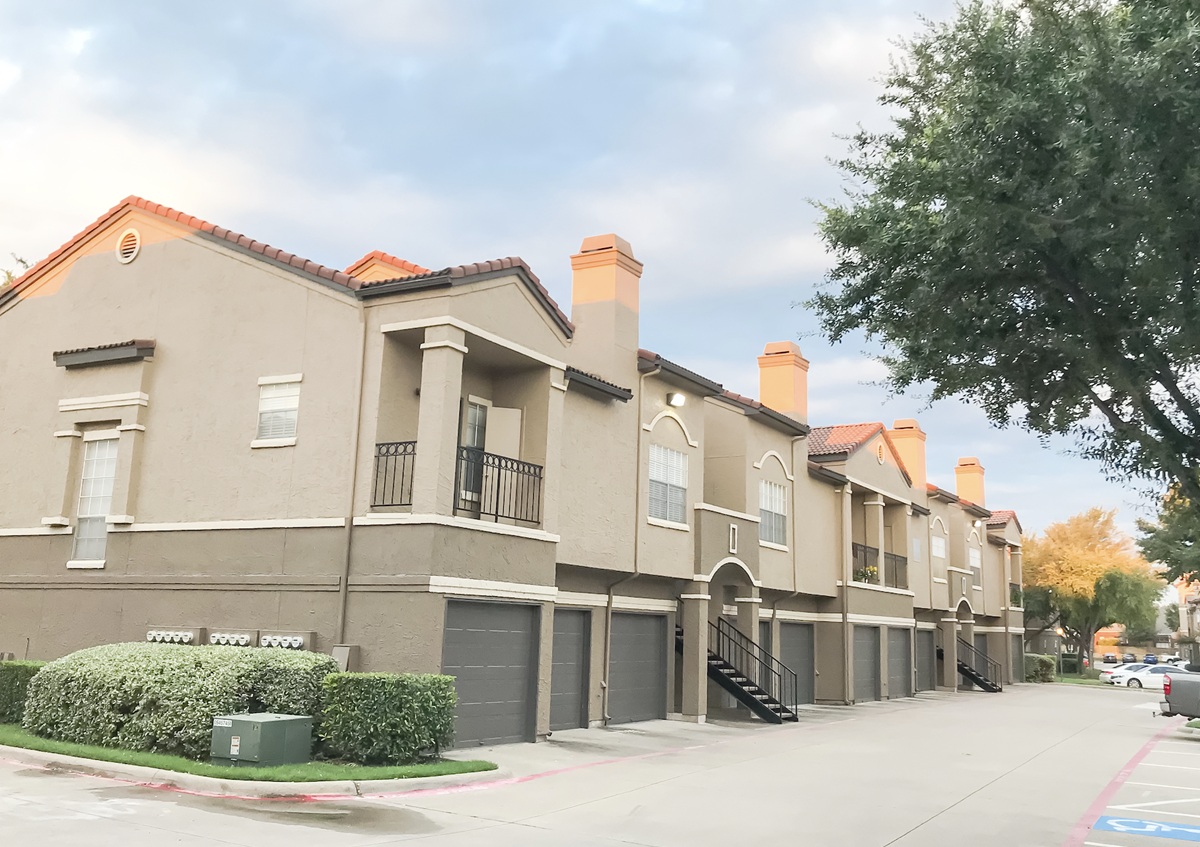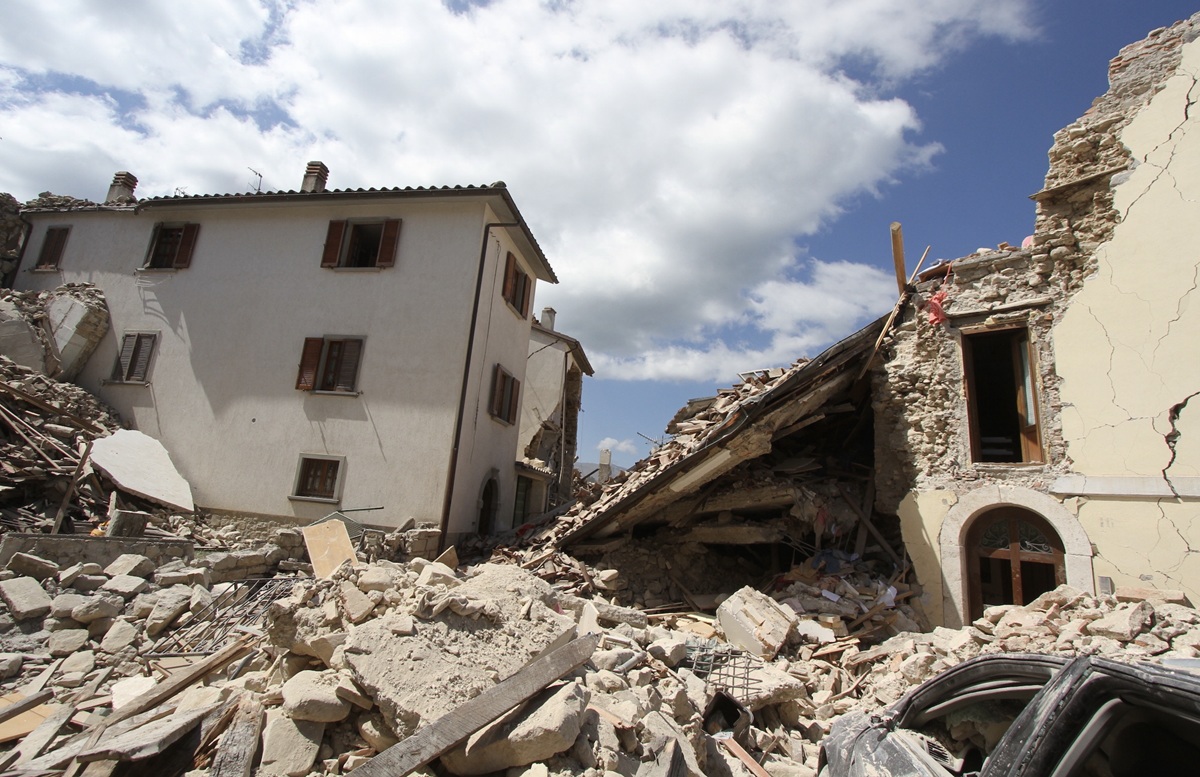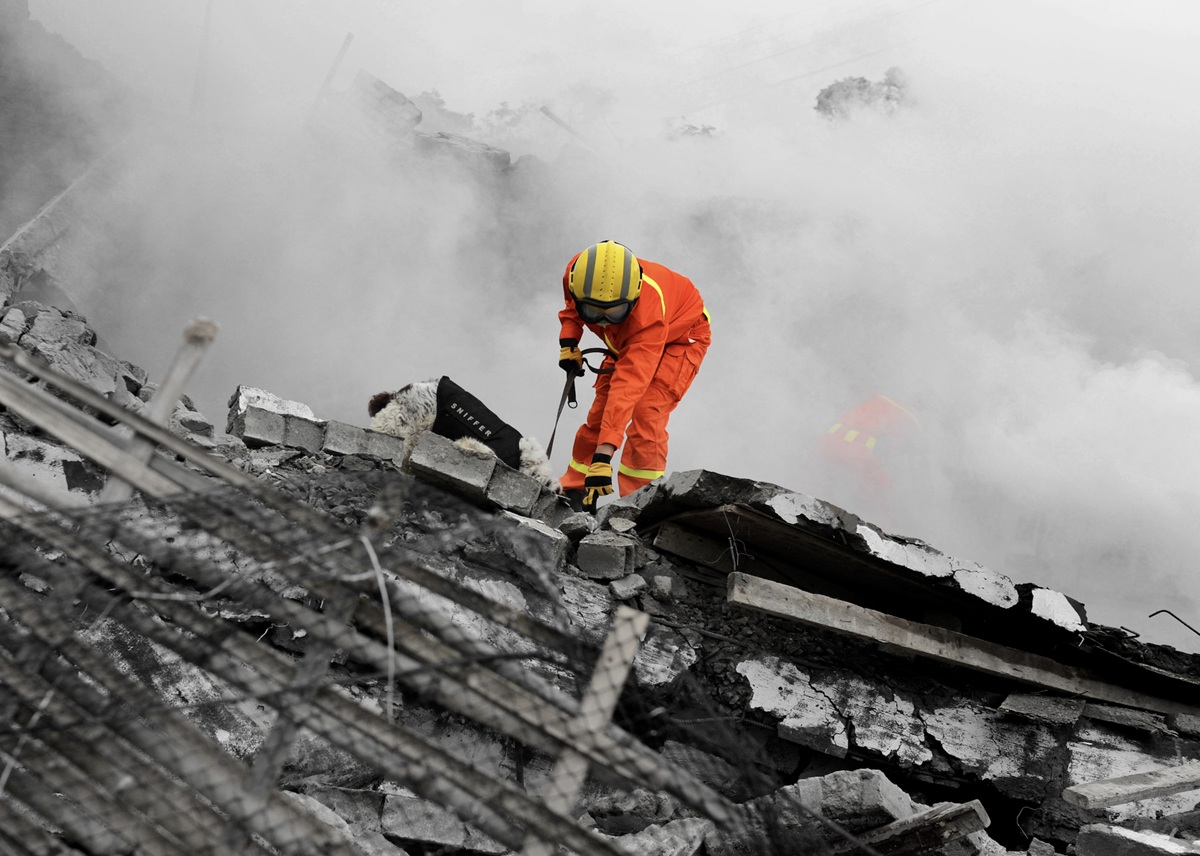The devastating earthquakes in Turkey and Syria served as a wake-up call for many Californians who once felt confident in their knowledge of seismic activity. With over 50,000 lives lost in those quakes, Californians now wonder: could a similar disaster strike closer to home?
Experts provide a straightforward answer: yes, it’s entirely possible. California hosts earthquake faults comparable in type and size to those involved in the Turkey/Syria quakes. While our construction standards and inspections are more stringent, understanding the true risks we face is paramount, especially when our homes and livelihoods are at stake.
How much do you really know about earthquake risks? Test your knowledge with this brief quiz:
- What is the most dangerous region in the United States for projected earthquake loss?
- Seattle
- Charleston, S.C.
- Los Angeles
- San Diego
- What are the odds of a major earthquake striking in the next 30 years?
- 7% chance of a quake equal to or larger than Northridge hitting California
- 59% chance of such a quake (6.7 magnitude) striking the southern San Andreas
- 46% likelihood of a magnitude 7 hitting L.A.
- 31% chance of a magnitude 7.5 – a colossal quake – striking Los Angeles
- How many buildings would be damaged in a 7.8 earthquake, according to the USGS?
- 1 in 8
- 1 in 16
- 1 in 350
- 1 in 1,500
- What is the No. 1 earthquake risk factor for soft-story apartments and commercial buildings?
- Number of stories
- Proximity to an earthquake fault
- Year of construction
- Soil composition
- Soil condition is a crucial indicator of earthquake hazard. Which type presents the highest risk?
- Solid bedrock
- Sandstone
- Alluvial soils
- Mud
Answers:
- The top regions for projected earthquake loss, according to FEMA, include Los Angeles/Long Beach/Anaheim, San Francisco/Oakland/Hayward, Riverside/San Bernardino/Ontario, San Jose/Sunnyvale/Santa Clara, Seattle/Tacoma/Bellevue, Portland/Vancouver/Hillsboro, San Diego/Carlsbad, Oxnard/Thousand Oaks/Ventura, Santa Rosa, and Charleston. San Diego/Carlsbad ranks fifth in California.
- All of the above. The U.S. Geological Survey predicts a 99.7% chance of one or more magnitude 6.7 or larger earthquakes in California over the next 30 years. The southern San Andreas fault has a 59% chance of producing such quakes. For magnitude 7.5 or greater quakes, there’s a 37% chance of occurrence in Southern California in the next 30 years.
- According to the USGS, in a M7.8 ShakeOut scenario earthquake, 1 out of every 16 buildings in southern California would sustain moderate damage, representing approximately 300,000 buildings in the region.
- The fatal collapse of the Northridge Meadows apartment complex in 1994 revealed serious design flaws in soft-story buildings constructed before 1978.
- The USGS ranks solid bedrock as the least susceptible to strong ground movement from an earthquake, while alluvial soils and artificial fill pose the highest risk.
Apartment owners in San Diego should carefully assess their earthquake risks and consider fortifying their buildings. For questions or assistance, contact Optimum Seismic at 833-978-7664 to schedule a complimentary consultation.







